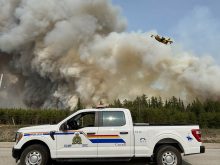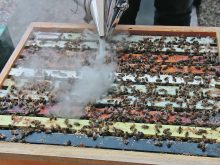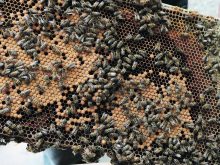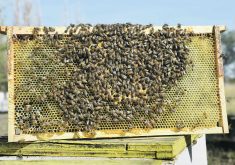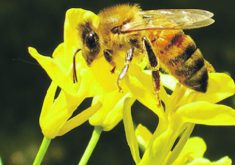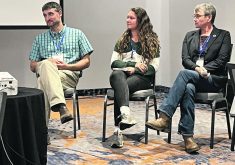Canadian beekeepers spend a lot of money on labour.
They often employ temporary foreign workers at their apiaries, so beekeepers must cover the cost of wages, flights to Canada and subsidize the housing for those employees.
The second biggest expense for a commercial beekeeper isn’t as obvious.
It’s sugar.
“On my farm, I’ll spend $1 million on sugar this year,” said Curtis Miedema, who is president of the Alberta Beekeepers Commission and a beekeeper from Barrhead, Alta.
“We buy our sugar in liquid. We get the same product that goes into Coca-Cola or ice cream. We get it by the tanker load. It’s 66 percent sugar and 33 percent water.”
Read Also
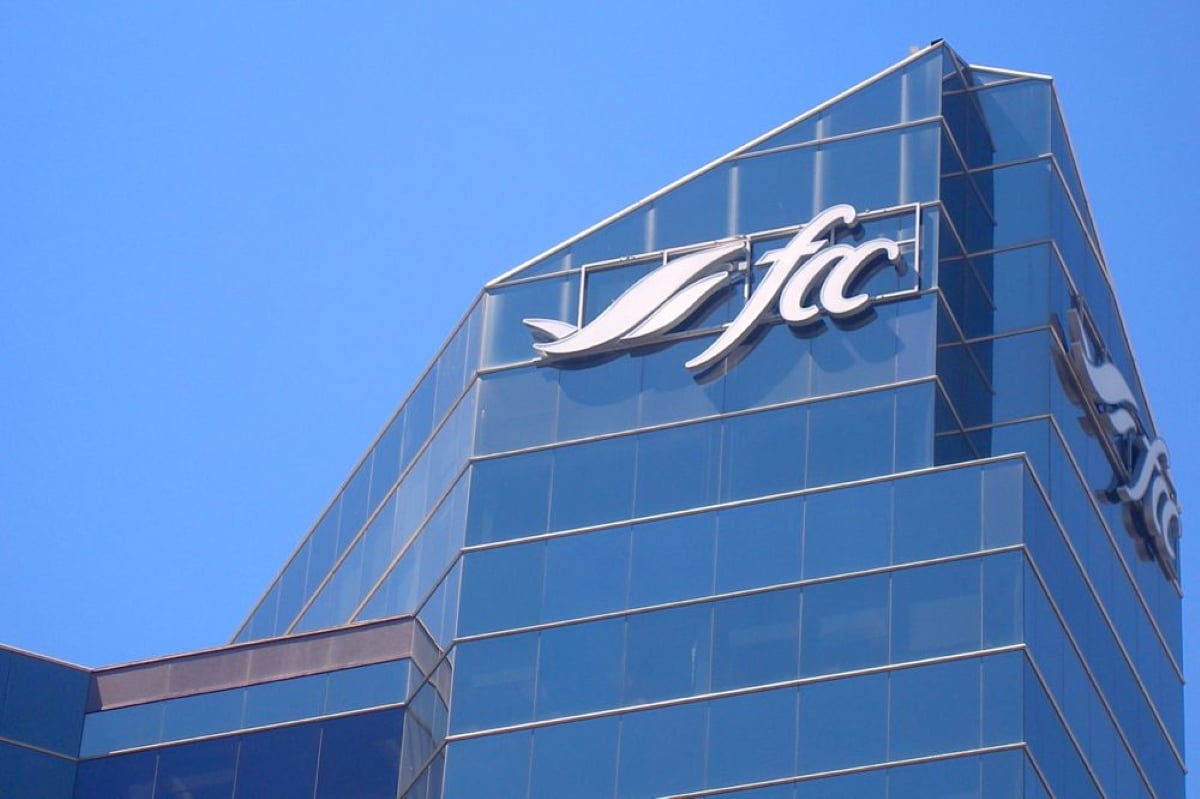
Farm Credit Canada partners with major Toronto innovation hub
A FCC parntership with MaRS Discovery District aims to solve technology problems in food supply chains.
Beekeepers store that sugar water in tanks and provide the syrup to their beehives in the fall, so the bees have food for the winter. They also feed the sugary syrup to bees in the early spring, when they can’t rely on plants and flowers for a sufficient supply of nectar.
Typically, honey producers purchase their sugar in the late summer and early fall.
“In the months of August and September, Canadian beekeepers are the largest sugar buyers in the country for those two months,” Miedema explained.
But over the last couple of years, the price for that sugar water has exploded.
“Commercial (beekeepers) buy sugar by the semi-load,” said Rod Scarlett, Canadian Honey Council executive director “(This year) about 62,000 pounds of sugar water will cost $35,000.”
Eighteen months ago, that same tanker load of sugar would have cost $22,000, Scarlett said.
That’s an increase of 72 percent.
Most of that sugar water is made from imported raw sugar, from South America and Central America, which is processed by Canadian refiners.
“Canada produces approximately 1.2 million tonnes of refined sugar annually. Approximately 94 percent is refined from raw cane sugar imported in bulk to cane sugar refining operations in Vancouver, Toronto and Montreal,” said the Canadian Sugar Institute. “The balance is refined beet sugar from domestically grown sugar beets in Alberta.”
The Canadian Sugar Beet Producers Association said the ratio of domestic to. imported sugar needs to change.
It is lobbying the federal government to adopt a domestic sugar policy, which would decrease Canada’s reliance on imported sugar.
They have proposed a doubling of sugar beet production, so about 16 percent of the domestic supply originates from beets.
“Implementing the (domestic sugar policy) would increase the amount of sugar beets that Canadian farming families can produce,” the CSBPA said.
“(It) would also increase the (gross domestic product) by approximately $248.2 million and provide nearly 2,600 job opportunities in Alberta alone.”
The Sugar Beet Producers Association is asking other farmers and Canadians to support a domestic sugar policy, by signing a petition on their website.
The Canadian Honey Council is already on board.
A representative from the Sugar Beet Producers plans to attend the CHC convention in February to further discuss and promote a domestic sugar policy.
It’s hard to know if more sugar beets in Canada will mean lower sugar prices for beekeepers. But a larger supply of local sugar, seems like a good idea to beekeepers.
“The majority of the sugar we use in Canada is imported,” Miedema said.
“We’d rather buy Alberta sugar.”




